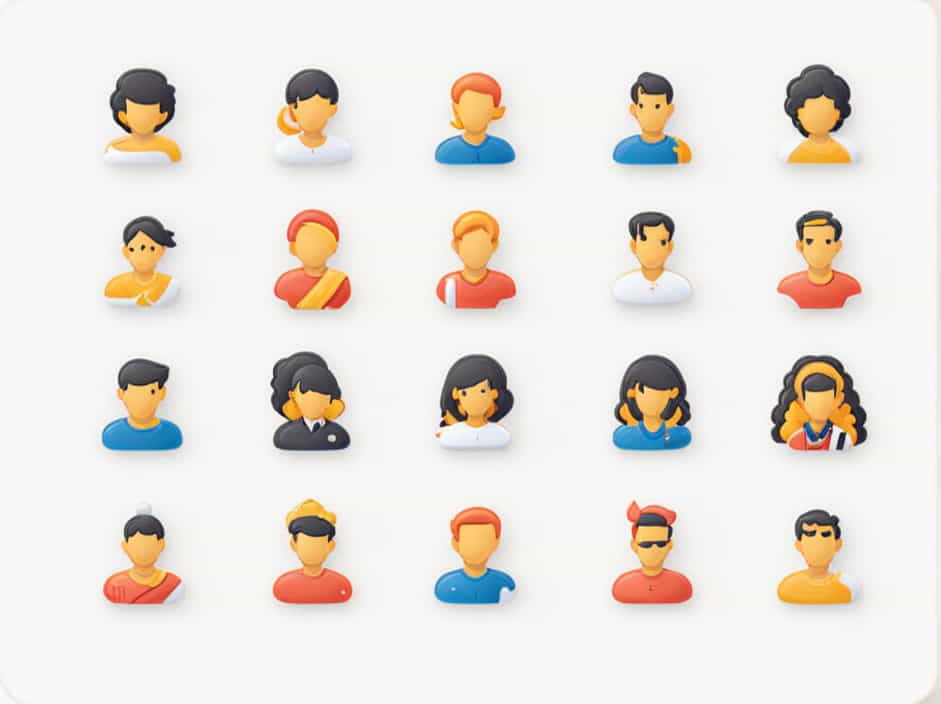The world is a melting pot of cultures, languages, and traditions. People from culturally and linguistically diverse (CALD) backgrounds contribute to the richness of societies, bringing unique perspectives, skills, and knowledge. However, they may also face challenges in integration, communication, and social acceptance.
This topic explores the significance of cultural and linguistic diversity, its impact on society, the challenges faced by CALD individuals, and ways to promote inclusivity and understanding.
Understanding Cultural and Linguistic Diversity
What Does It Mean to Be Culturally and Linguistically Diverse?
A culturally and linguistically diverse background refers to individuals or groups who come from different ethnic, racial, linguistic, or cultural traditions. This diversity can be shaped by:
- Ethnicity and Nationality – People from different countries and ethnic origins.
- Language – Multilingual individuals who speak languages other than the dominant one in their country of residence.
- Religious Beliefs – Various spiritual and faith-based traditions.
- Customs and Traditions – Different ways of life, celebrations, and values.
Why Cultural and Linguistic Diversity Matters
Cultural and linguistic diversity enriches societies in several ways:
- Economic Growth: Diverse workforces contribute to innovation, creativity, and international business connections.
- Social Development: A multicultural society fosters tolerance, understanding, and shared knowledge.
- Language and Communication Skills: Multilingual communities enhance cross-cultural communication and diplomacy.
Challenges Faced by People from CALD Backgrounds
1. Language Barriers
Language differences can create difficulties in communication, limiting access to education, healthcare, and job opportunities. Those who do not speak the dominant language may struggle to express themselves or understand important information.
- Example: A non-English-speaking immigrant in an English-speaking country may have trouble accessing legal or medical services.
2. Discrimination and Social Exclusion
People from CALD backgrounds may experience racism, xenophobia, or bias in different aspects of life, including employment, education, and housing. Stereotypes and prejudice can lead to social isolation and lower self-esteem.
- Example: An employer may prefer hiring a native speaker over a highly skilled multilingual candidate due to unconscious bias.
3. Employment Challenges
Finding a job can be more difficult for those with foreign qualifications or limited language proficiency. Some employers may undervalue international experience or education.
- Example: A highly educated refugee may struggle to find work because their credentials are not recognized in the new country.
4. Cultural Adaptation and Identity Conflict
Adjusting to a new culture while maintaining one’s own traditions can be challenging. Some individuals may feel pressured to assimilate, leading to identity struggles.
- Example: Children of immigrants may feel caught between their family’s traditional values and the culture of their new country.
5. Access to Services
Many CALD individuals face difficulties accessing public services due to language barriers, cultural misunderstandings, or lack of information. Healthcare, legal aid, and social services may not always be designed to accommodate diverse communities.
- Example: A person who does not speak the dominant language may avoid seeking medical help due to fear of miscommunication.
The Benefits of Cultural and Linguistic Diversity
1. Economic and Workforce Advantages
A diverse workforce fosters innovation, creativity, and productivity. Employees from different backgrounds bring unique problem-solving skills and perspectives.
- Example: Tech companies benefit from hiring talent from different countries to expand their global reach.
2. Enhanced Social and Cultural Understanding
Exposure to different cultures promotes tolerance and reduces prejudice. Learning about different traditions helps people develop empathy and open-mindedness.
- Example: Multicultural festivals and events encourage appreciation of different customs and cuisines.
3. Strengthening Communities
Cultural diversity strengthens communities by fostering collaboration and learning. When people from different backgrounds work together, they create stronger and more resilient societies.
- Example: Bilingual individuals can bridge communication gaps in communities by serving as translators or cultural mediators.
4. Expanding Global Connections
Culturally diverse societies have better access to international markets, tourism, and trade. Multilingualism and cultural awareness are essential in today’s globalized world.
- Example: A business with employees who speak multiple languages can easily connect with international clients.
Ways to Promote Inclusivity and Support for CALD Individuals
1. Language Support Programs
Governments and organizations should provide language education and translation services to help non-native speakers integrate smoothly.
- Solution: Free or subsidized language classes and multilingual public resources can help bridge the communication gap.
2. Cultural Awareness Training
Employers, schools, and public institutions should implement cultural competency training to reduce bias and improve inclusivity.
- Solution: Workshops on cultural sensitivity can help people interact respectfully with diverse communities.
3. Policies Against Discrimination
Strong anti-discrimination laws and policies should be enforced to ensure equal opportunities for CALD individuals in education, employment, and social services.
- Solution: Employers should adopt diversity hiring policies to create an inclusive work environment.
4. Encouraging Multicultural Education
Schools should include diverse cultural perspectives in their curricula to foster understanding and appreciation from an early age.
- Solution: Teaching students about different cultures and histories helps combat prejudice and promotes acceptance.
5. Community Support and Integration Programs
Local governments and NGOs should create initiatives to help newcomers adapt to their new environment.
- Solution: Mentorship programs and cultural exchange events can help build connections between communities.
People from culturally and linguistically diverse backgrounds bring immense value to society. While they may face challenges such as language barriers, discrimination, and social exclusion, their contributions to the economy, education, and global connections are undeniable.
To create an inclusive society, governments, businesses, and individuals must work together to promote language support, cultural awareness, and equal opportunities. By embracing diversity, we can build stronger, more innovative, and more harmonious communities that celebrate the richness of human experiences.
